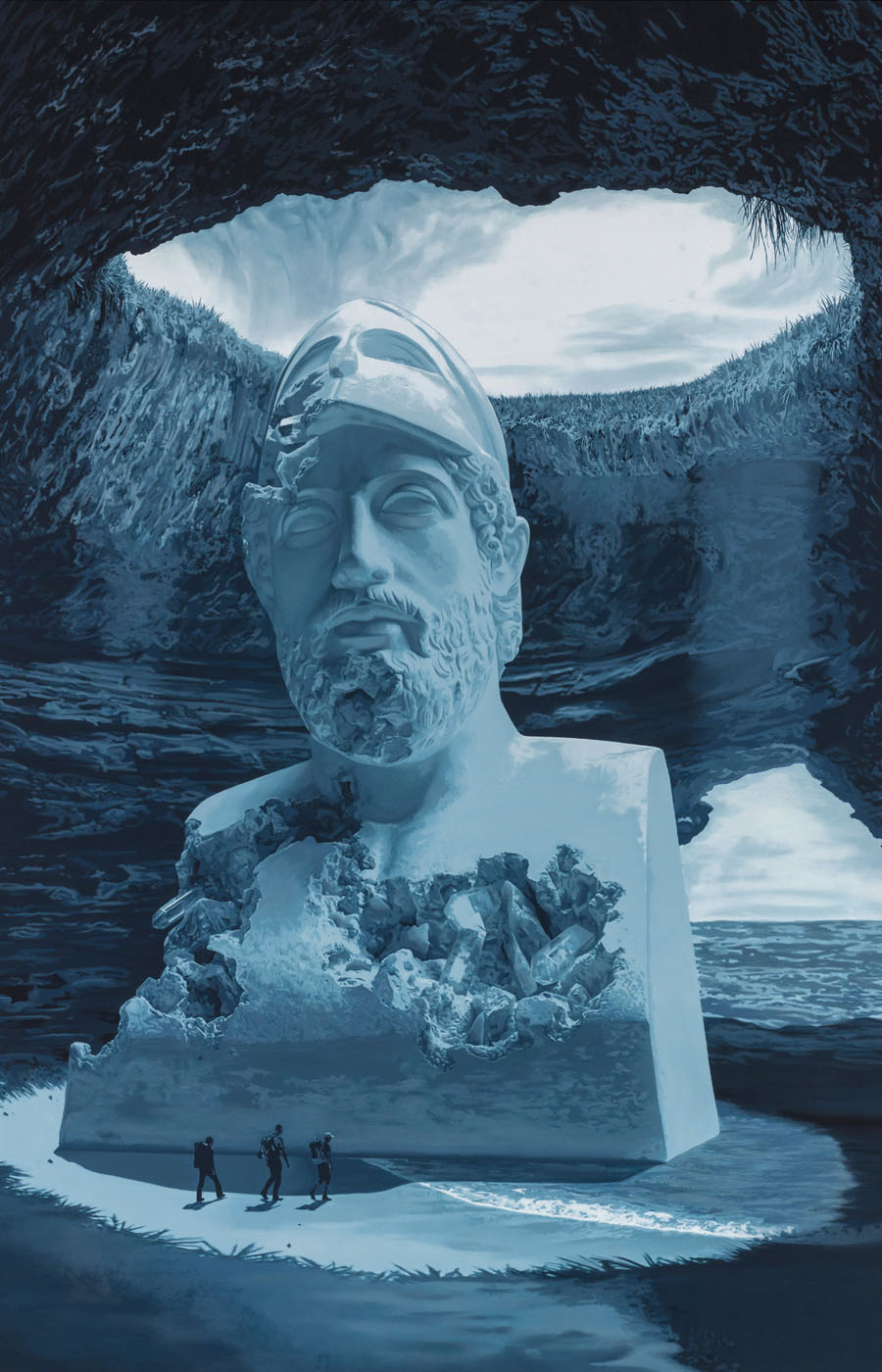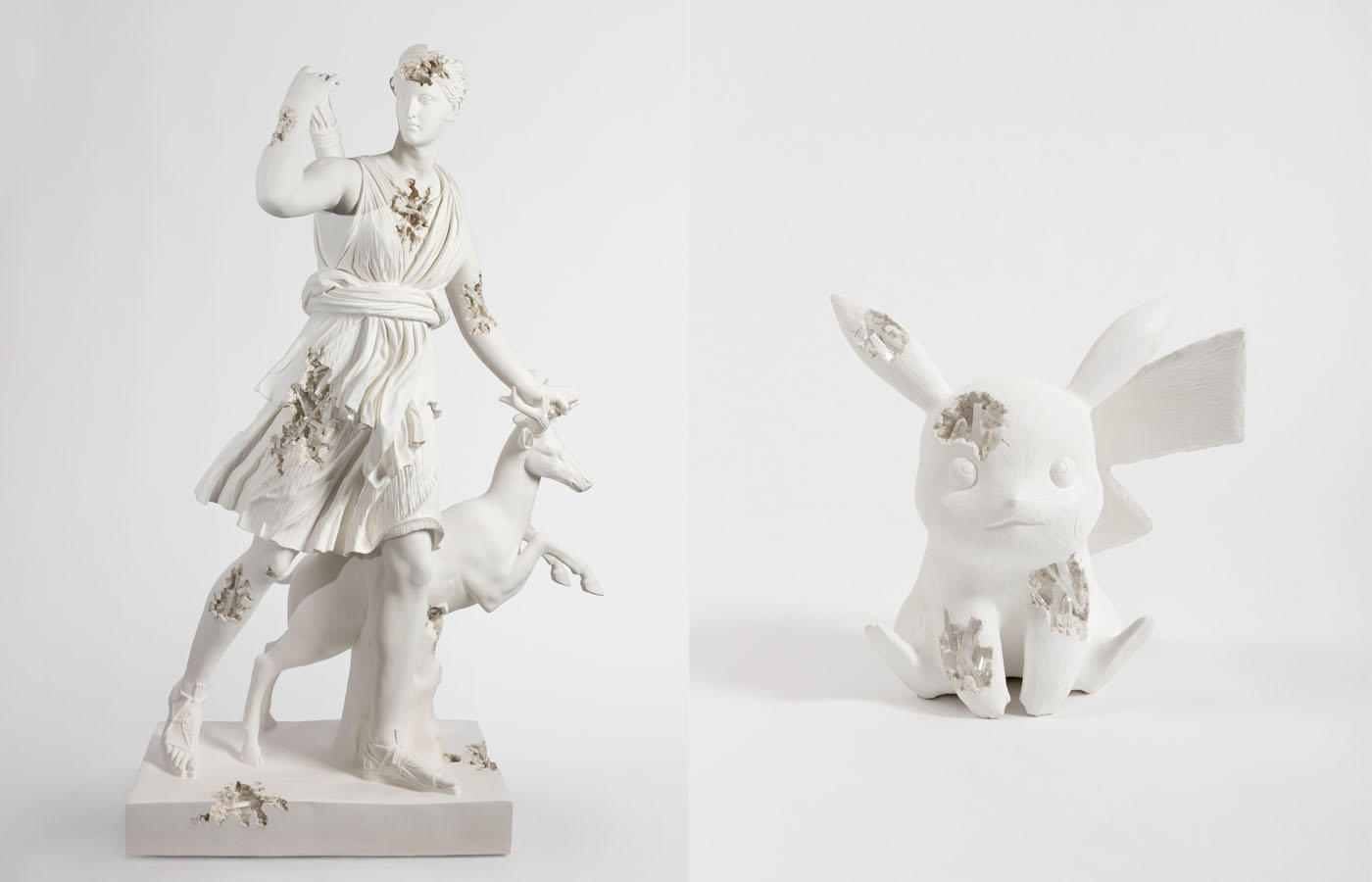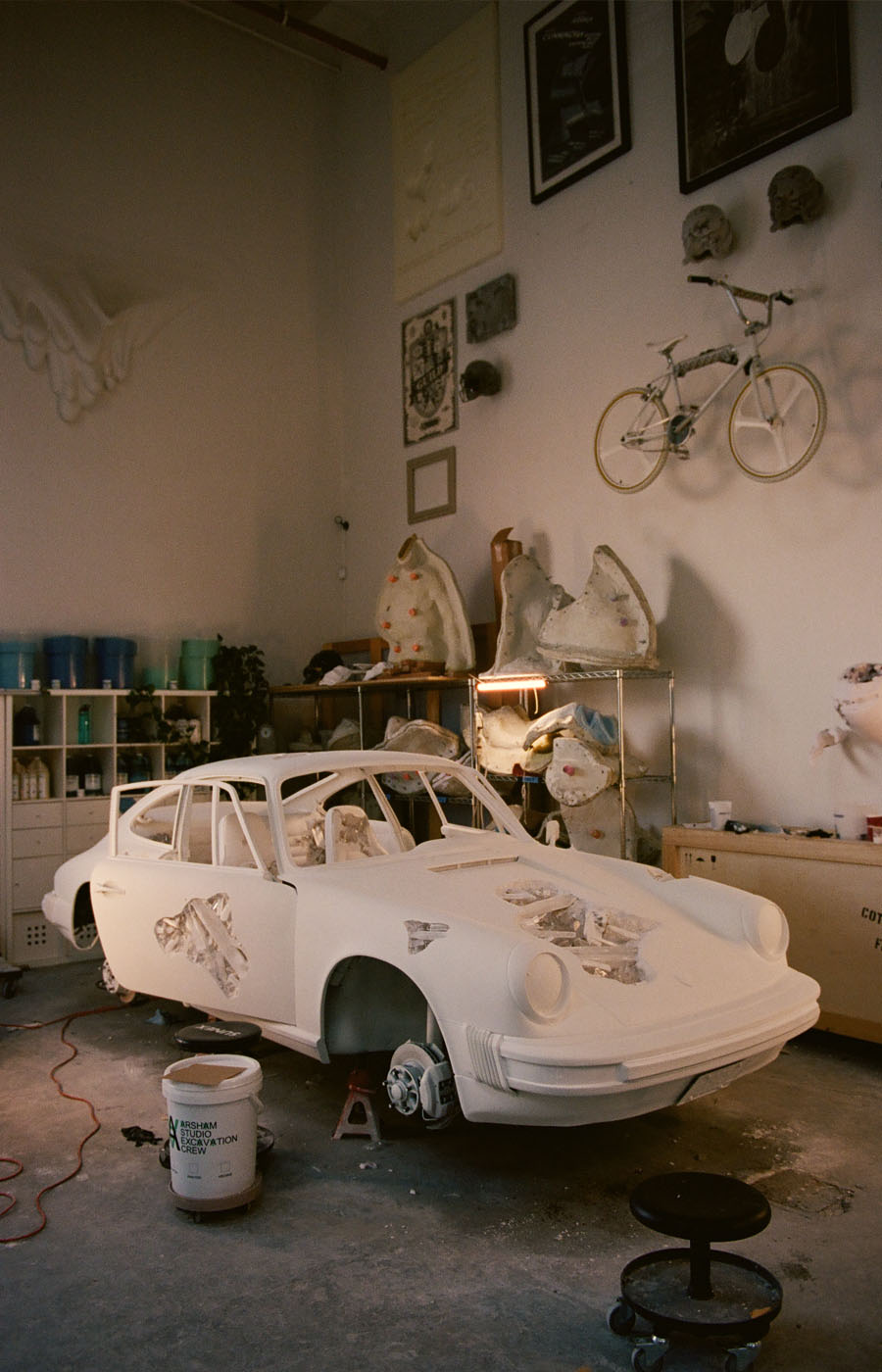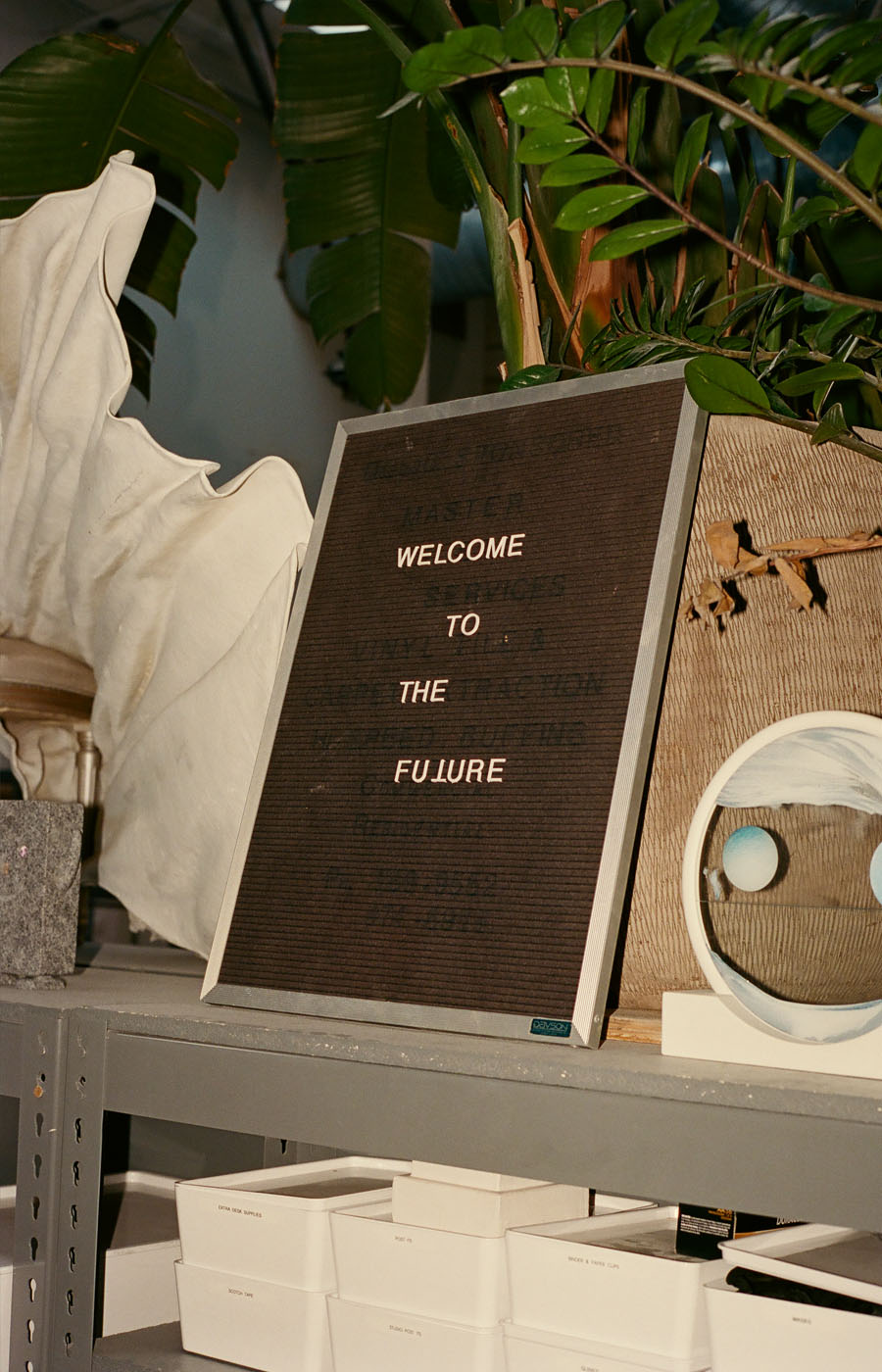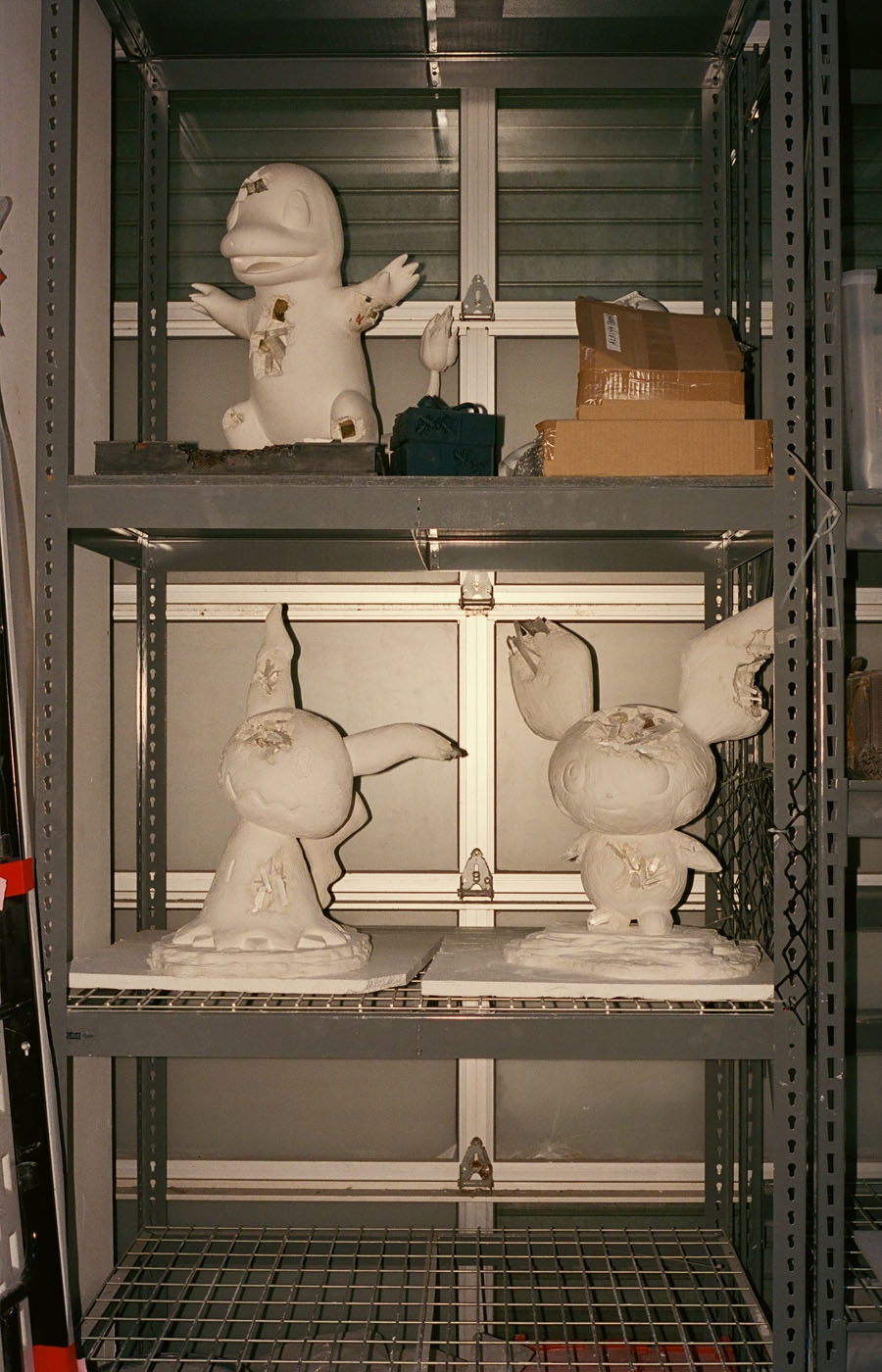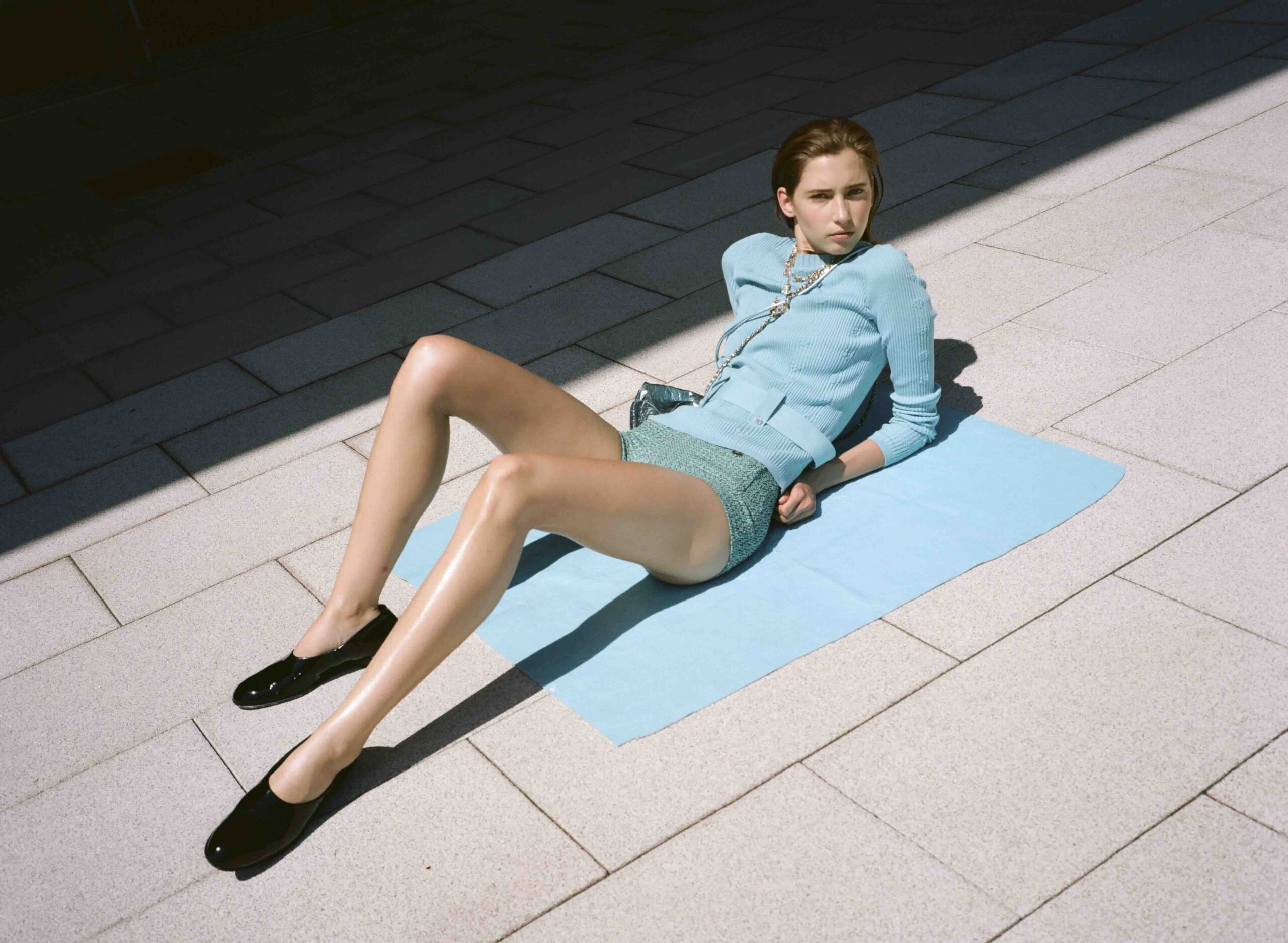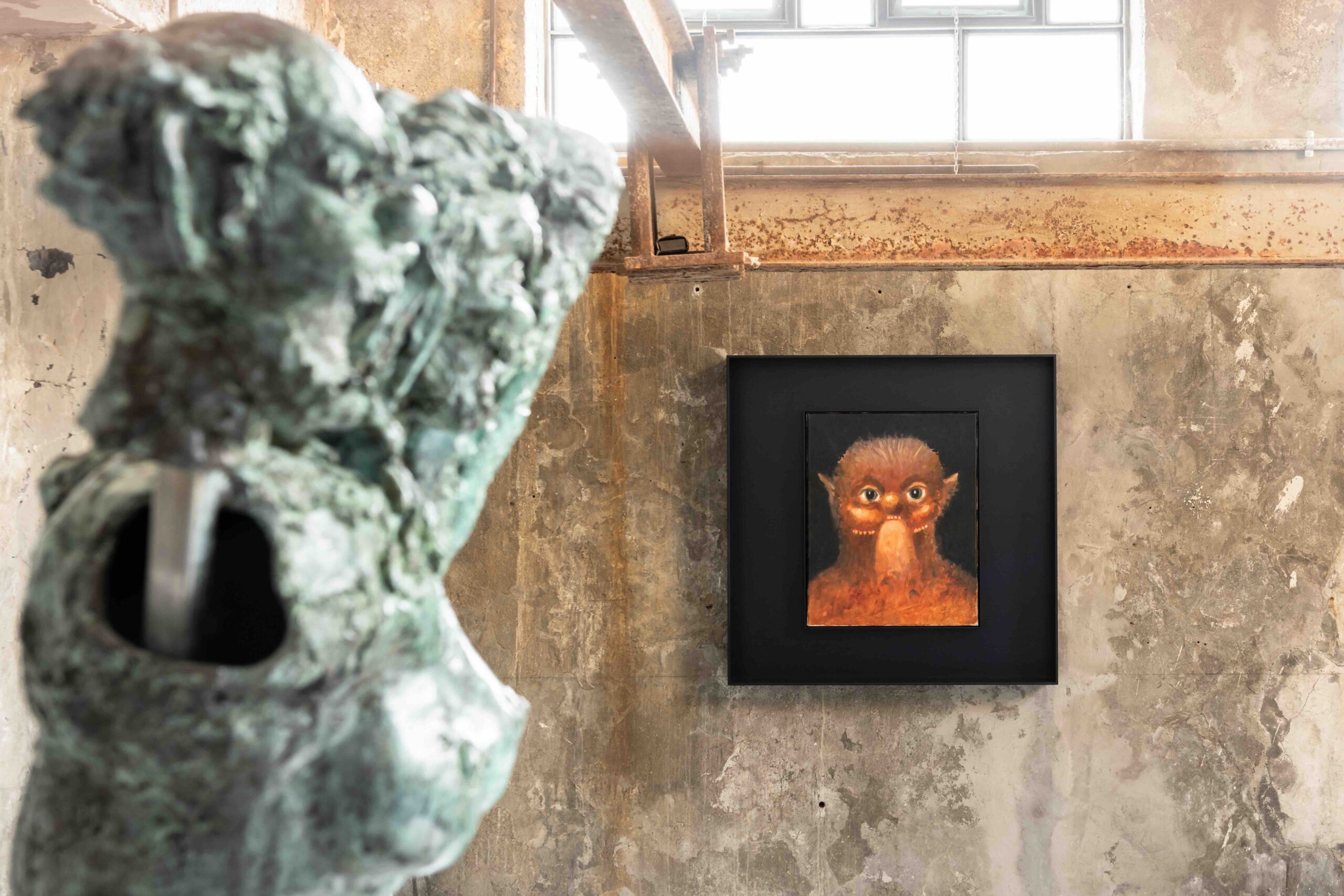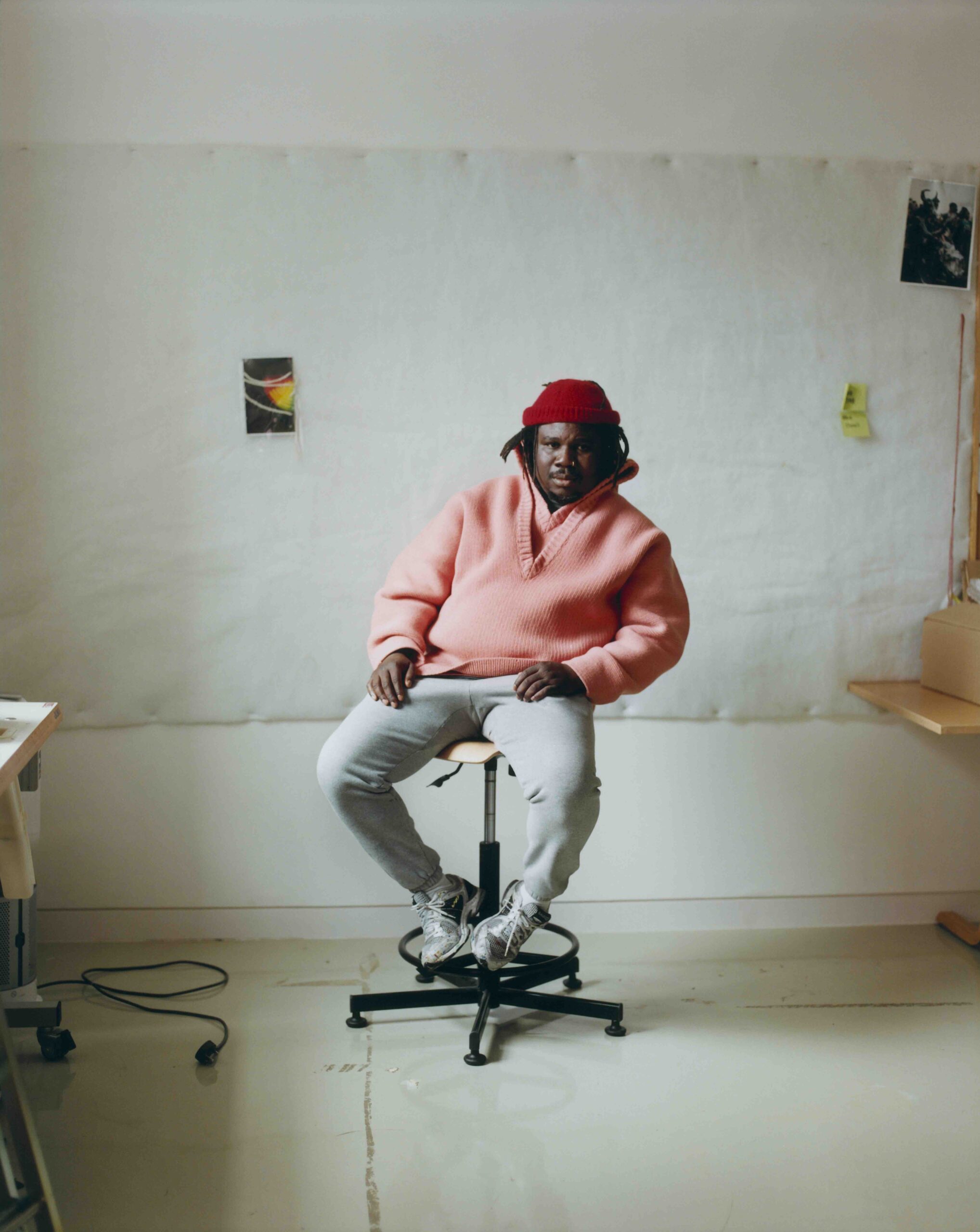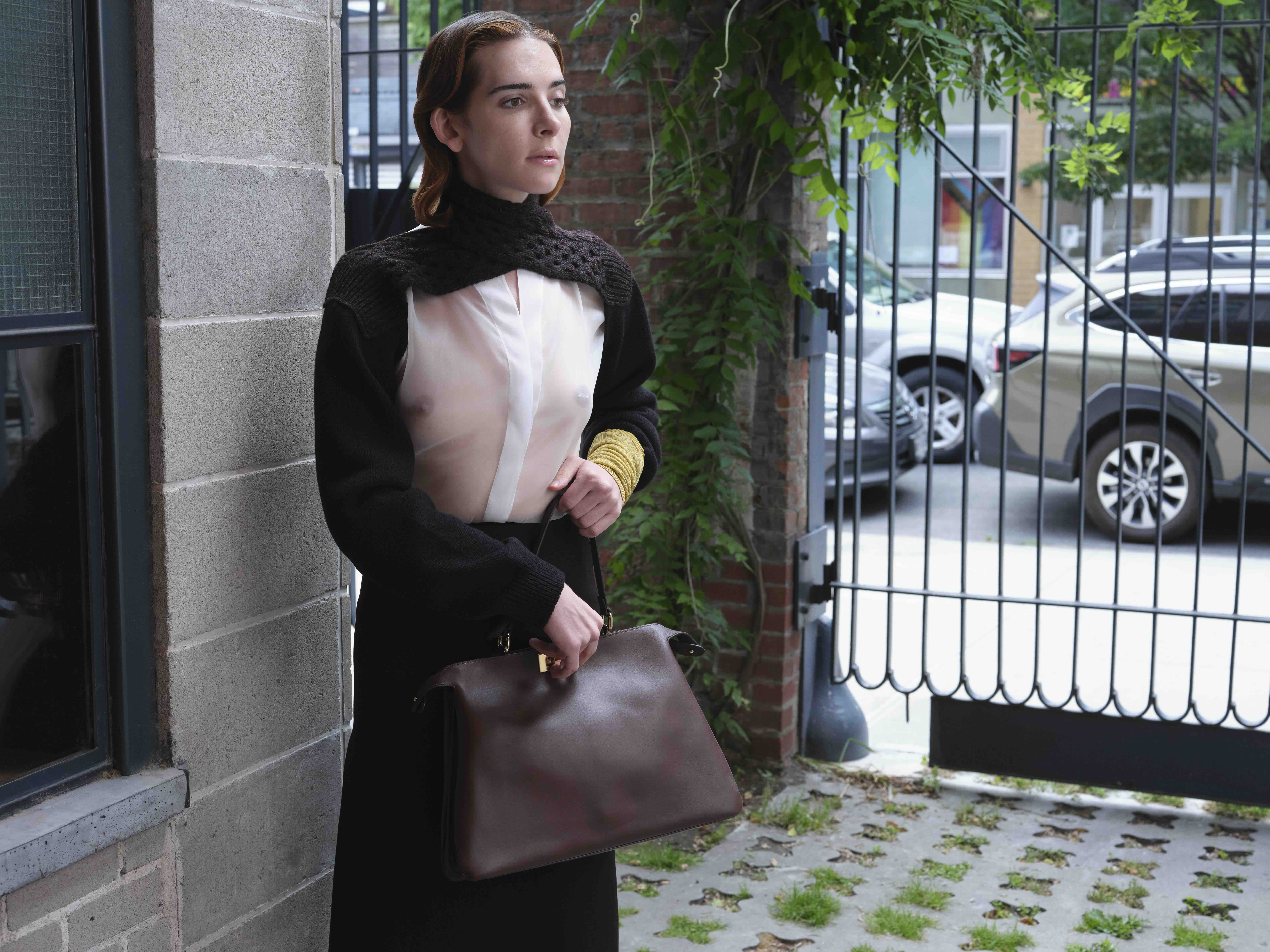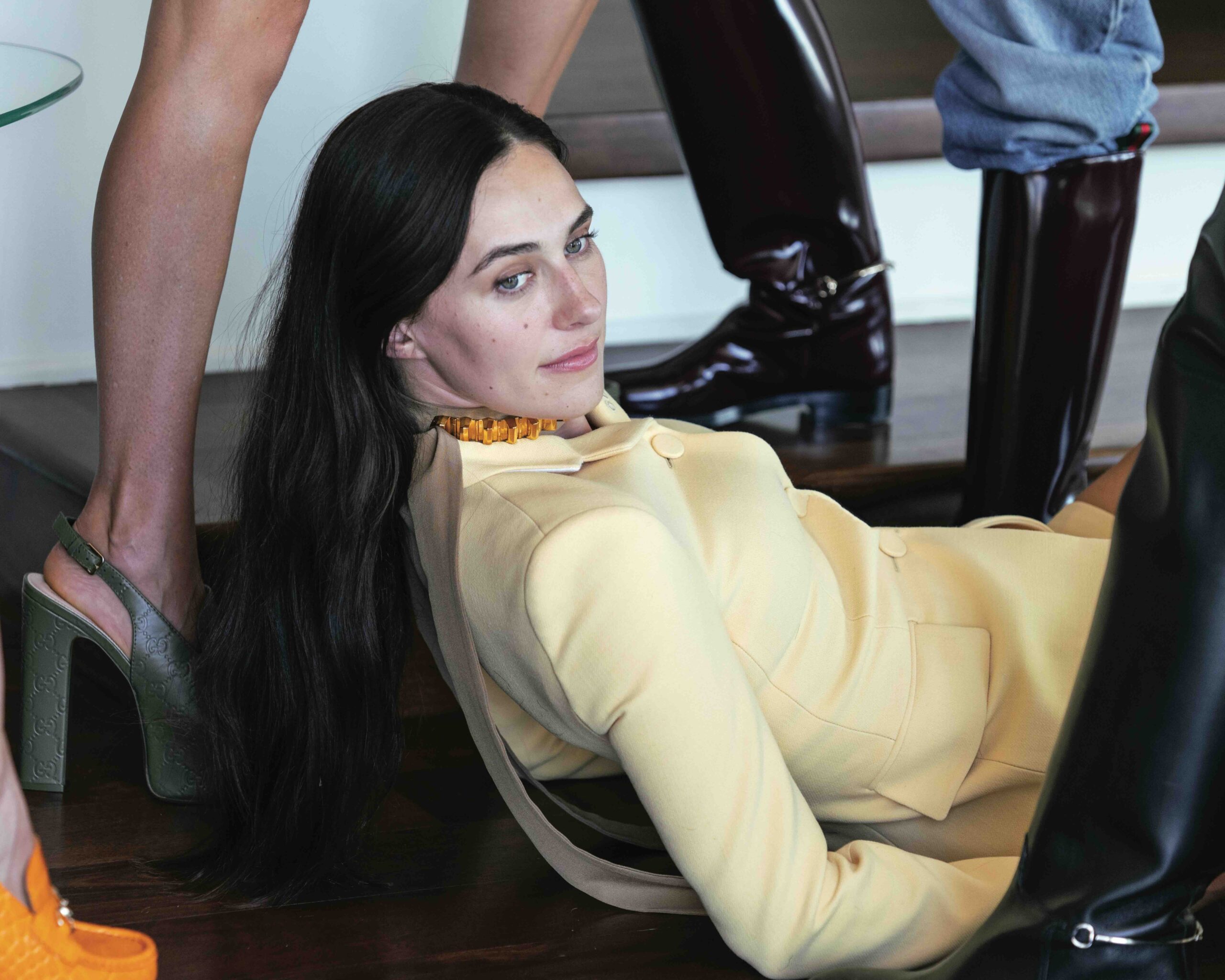JS How would you define your art?
DA I create things that I want or I need to see existing in the world. They are works that reimagine our relationship with time, with architecture and space as well as with the objects and forms that define culture and who we are.
JS Your work is monochrome—you use only white color. Why this obsession with white? Is it a metaphor of the non-color, of purity, of the fragility of the world and culture or of the birth of a work?
DA This is largely because I am colorblind. I knew about it since childhood, but I didn’t particularly consider it as a factor of my work. Yet, since I studied art in college, most of my work has been monochromatic or lacking in color. The first pieces I made that manipulated architecture did so in museums and galleries with white walls, so they ended up being white as well. Most of the materials that I work with in the cast pieces are white and black geological materials such as crystals and volcanic ash. I guess that it is both a practical and an aesthetic choice.
JS Your pieces are often damaged, parasitized with elements or even broken. Is this a reaction against the idea of the perfection of the artwork that doesn’t change or age?
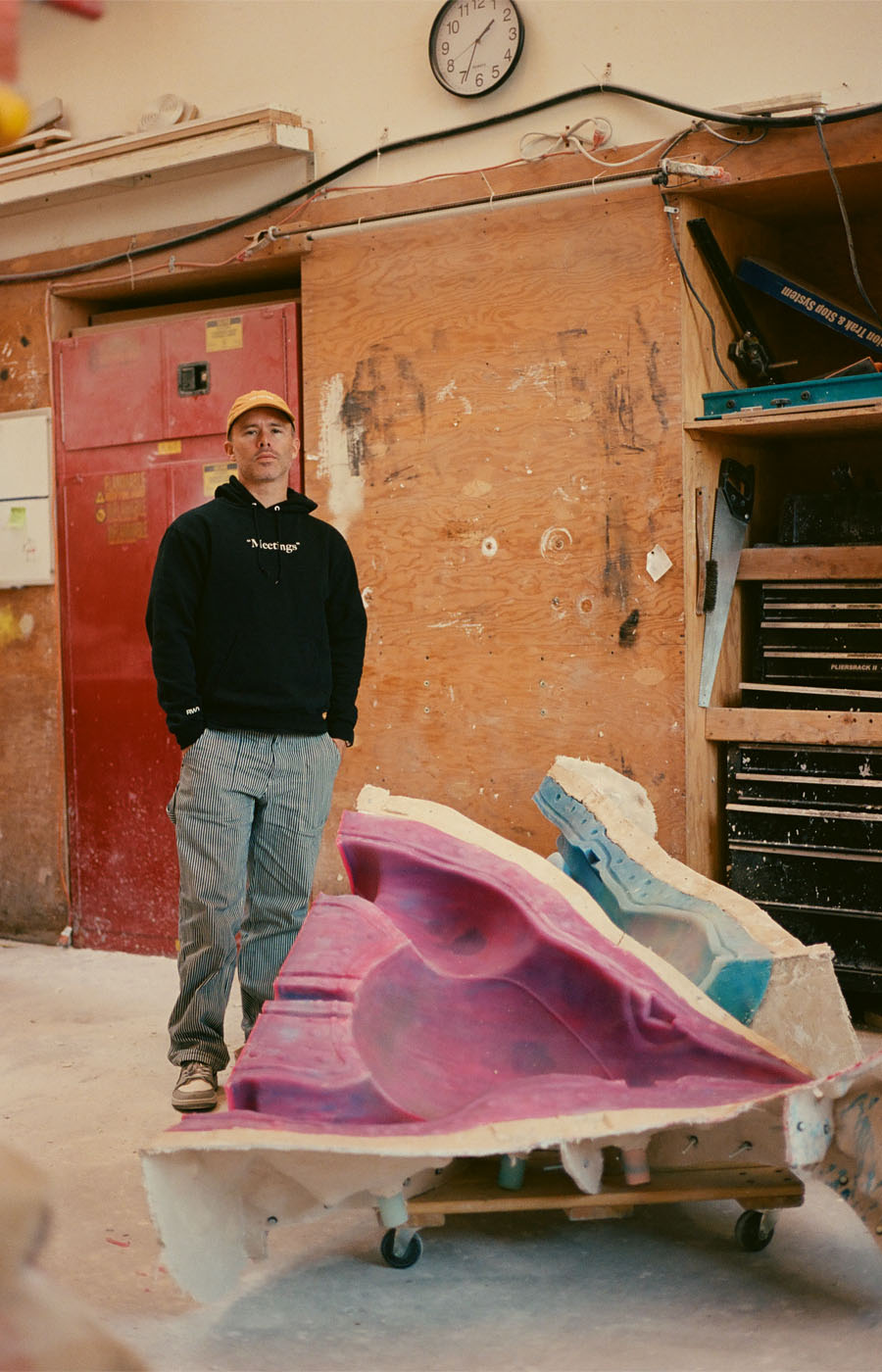
“I create things that I want or I need to see existing in the world. Works that reimagine our relationship with time, with architecture and space as well as with the objects and forms that define culture and who we are”.
DA The idea of erosion was born from my desire to push contemporary objects into some potential future. I wondered, how could I take something that we associate with this moment in time and cause it to appear as if it had been in the ground for thousands of years? I observe the material transformation of an object—let’s say a computer in plastic, metal and silicone—into another such as volcanic ash, crystal, something that we associate with a geological timeframe. This transformation feels visceral and real. It feels authentic. The materiality of a thing can tell as much about the narrative and the potential meaning as it does about its appearance. To me, erosion serves two purposes. On the one hand, the work seems to decay or fall apart, on the other hand it is made of a material associated with growth. This conflict is at the heart of the work itself: it could either be falling apart or reforming towards a kind of completion.
JS Your sculptures often include materials conducive to erosion: sand, selenite, volcanic ash, crystals. What are their particularities and aesthetic qualities? Can you explain this obsession with erosion in your work? Does it come from your interest into crystallography?
DA There’s another quality of the material that has to do with its ability to convey something that wouldn’t be possible otherwise. I certainly could have taken the computer and painted it to look old or sculpted it in an alternate medium. But the use of a material that we already associate with that kind of timeframe is important. It is inherent when you see an object in a museum that the age and decay of it feels real. I wanted these objects to also contain that veracity.
Read the full interview on Muse February Issue.
